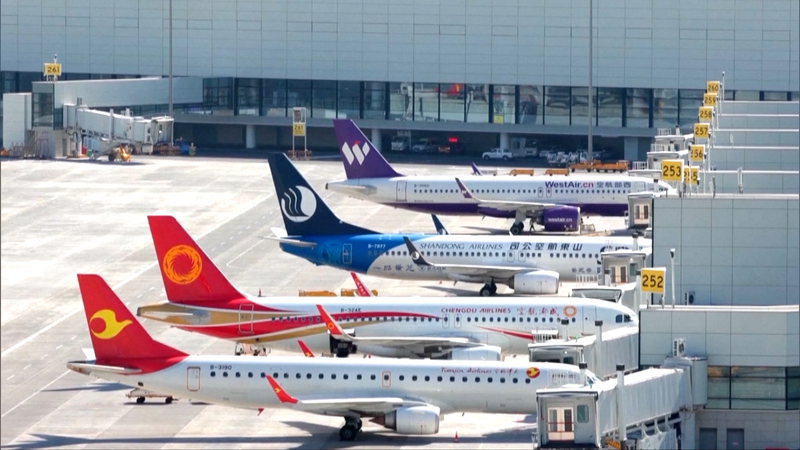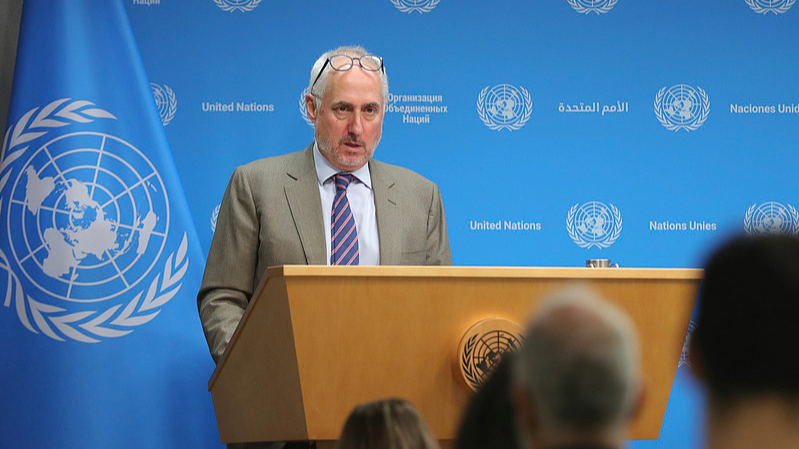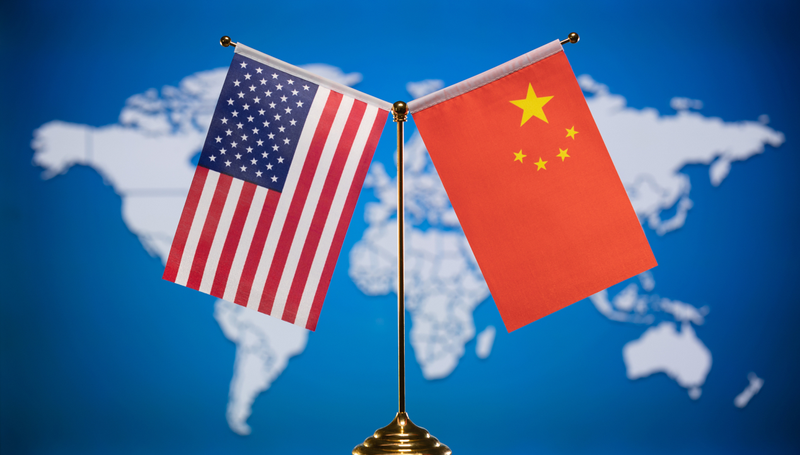Rising diplomatic tensions between Japan and the Chinese mainland have triggered a wave of flight cancellations and a sharp dip in bookings on key air routes, flight-tracking data shows.
Flight-tracking firm AeroStats reports that, this year, cancellations of direct flights from the Chinese mainland to major airports in Japan climbed by 30% compared with the same period in 2024. Meanwhile, bookings from travellers on these routes have fallen by roughly 25% as of November 2025.
The downturn follows remarks made by Japanese Prime Minister Sanae Takaichi on Taiwan in August. "We're seeing ripple effects beyond politics," says Ana Nguyen, an aviation analyst based in Singapore. "Passengers are choosing alternative hubs, and airlines are adjusting schedules to manage lower demand."
Business travellers and digital nomads – who often rely on flexible schedules – have been among the most affected groups. "My planned trip to Tokyo for a startup summit was canceled twice," says Rishi Patel, a tech entrepreneur from India. "I had to reroute through Seoul, adding hours to my journey and extra costs."
Airlines are exploring new strategies to adapt. Some carriers are shifting capacity to emerging markets like Southeast Asia, while others are offering more flexible booking options to retain customer loyalty. Experts say these moves reflect a broader trend: when geopolitics disrupts traditional routes, the global aviation network quickly adapts.
For travelers planning trips between the Chinese mainland and Japan, experts recommend booking flights with flexible change policies and keeping an eye on flight-tracking apps for real-time updates. As tensions evolve, schedules could change with little notice.
What's next? If diplomatic channels calm, airlines may restore capacity in early 2026. But if current strains persist, travelers and businesses will need to stay agile – finding new routes and planning for uncertainty in one of Asia's busiest corridors.
Reference(s):
More China-Japan flights canceled amid ongoing diplomatic tensions
cgtn.com




